TROPHIES OF ANTIQUE ARMS AND ARMOR
After GIULIO ROMANO
(1499–1546)
Engraved by PIETRO SANTI BARTOLI
Perugia 1635 – 1700 Rome
Etching on laid paper, signed “Iulius Romanus Inuent. Petrus Sanctus Bartolus Sculp.”
12.2 x 35.5 cm / 4.8 x 14 in
PROVENANCE
Private collection, Vienna
This striking etching presents an elaborate arrangement of antique armor, shields, and martial trophies, animated by muscular, expressive figures in theatrical poses. Drawn from a design by Giulio Romano, one of the foremost heirs to Raphael and a leading figure of Mannerism, the scene distills the energy of battle into a decorative and allegorical composition.
The engraving was executed by Pietro Santi Bartoli, one of the most prolific and erudite Italian printmakers of the seventeenth century. Originally trained as a painter under Nicolas Poussin, Bartoli dedicated his life to documenting ancient Roman art through the medium of print. Working in close collaboration with antiquarian scholars such as Giovanni Pietro Bellori, he created series of prints after Roman frescoes, reliefs, sarcophagi, and inscriptions. His engravings not only preserved invaluable records of monuments that have since been lost or damaged, but also played a key role in the visual education of artists, collectors, and architects across Europe.
In this work, Bartoli's refined linear technique and sensitivity to classical detail elevate the composition from a mere reproduction to an independent work of graphic art. The precision of the armor’s ornamentation, the rendering of textures, and the spatial rhythm of the composition showcase his extraordinary control of the burin.
The inscription at the lower margin attributes the invention of the composition to Iulius Romanus (Giulio Romano), and the engraving to Petrus Sanctus Bartolus (Pietro Santi Bartoli), reflecting the Latinized convention of artist signatures in the Baroque period. Such collaborations between Renaissance designs and Baroque engraving illustrate the continuity of classical ideals in European visual culture.













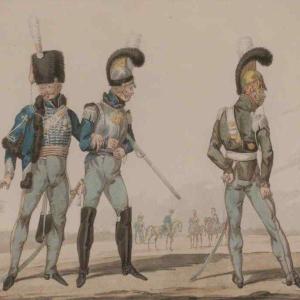


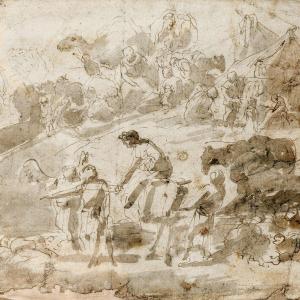
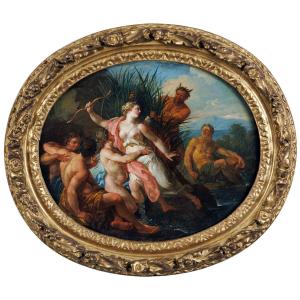
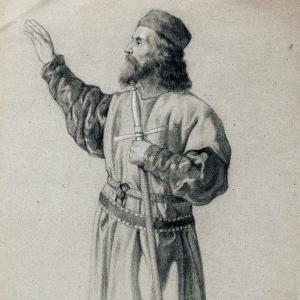





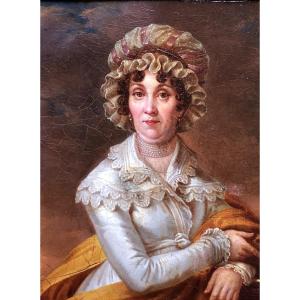


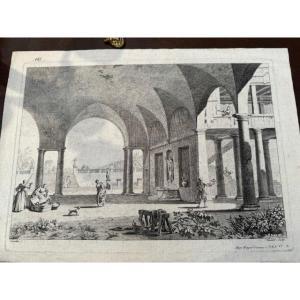


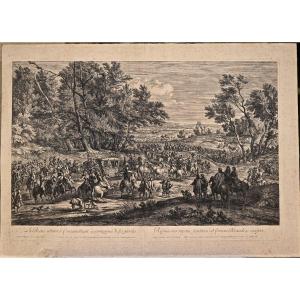



 Le Magazine de PROANTIC
Le Magazine de PROANTIC TRÉSORS Magazine
TRÉSORS Magazine Rivista Artiquariato
Rivista Artiquariato